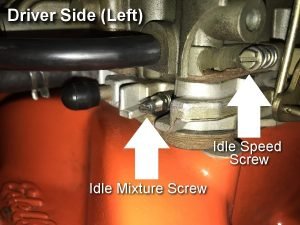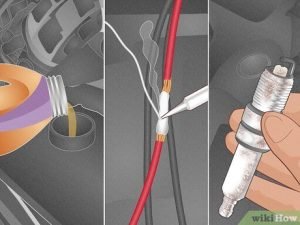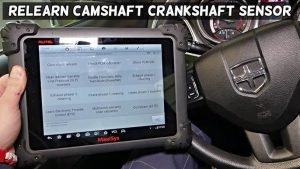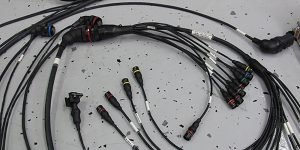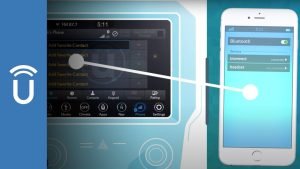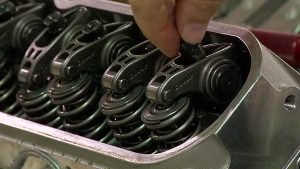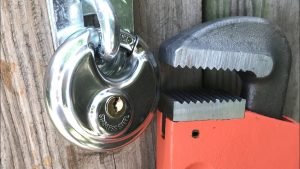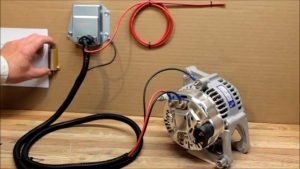
How to Check Your Fuel Pump: A Step-by-Step Guide
Is your car struggling to start, sputtering, or lacking power? A faulty fuel pump could be the culprit. While a mechanic should ultimately diagnose and repair complex issues, you can perform some basic checks yourself to determine if your fuel pump is a likely suspect. This guide provides a step-by-step approach, along with helpful tips and common mistakes to avoid.
🛒 Recommended Product
Disclaimer: Working on your car’s fuel system involves working with potentially flammable materials. Always exercise caution, and if you’re uncomfortable with any of these steps, consult a qualified mechanic.
Understanding Your Fuel Pump’s Role
Before jumping into the checks, let’s understand what a fuel pump does. It’s responsible for drawing fuel from your gas tank and delivering it under pressure to your engine’s fuel injectors. A malfunctioning fuel pump can significantly impact your car’s performance.
Step-by-Step Guide to Checking Your Fuel Pump
These checks are primarily focused on identifying signs of a failing fuel pump, not necessarily diagnosing the precise cause of the failure.
Step 1: Listen for the Fuel Pump Prime.
Turn your ignition key to the “ON” position (without starting the engine). You should hear a brief humming or whirring sound from the fuel pump area. This sound, usually lasting a couple of seconds, indicates the pump is priming and pressurizing the fuel lines. If you hear nothing, it suggests a potential problem. The location of the fuel pump varies by vehicle, but it’s often near the fuel tank. Consult your car’s owner’s manual for the exact location.
Step 2: Check Fuel Pressure (Advanced).
🛒 Recommended Product
This step requires a fuel pressure gauge, a specialized tool that measures the pressure in your fuel system. This is a more advanced check and should only be attempted if you have experience working with automotive fuel systems. Incorrectly handling fuel lines can be dangerous. Your car’s owner’s manual or a repair manual should specify the correct fuel pressure for your vehicle. Low or no pressure strongly suggests a fuel pump issue.
Step 3: Inspect the Fuel Filter.
A clogged fuel filter can restrict fuel flow, mimicking the symptoms of a failing fuel pump. Locate your fuel filter (again, consult your owner’s manual) and visually inspect it. A dirty or damaged filter should be replaced.
Step 4: Examine the Fuel Lines (Visual Inspection Only).
Visually examine the fuel lines for any signs of damage, leaks, or cracks. Damaged fuel lines need immediate attention from a professional.
Common Mistakes to Avoid
- Ignoring safety precautions: Always disconnect the negative battery terminal before working on any electrical components near the fuel system.
- Working on a hot engine: Allow the engine to cool completely before performing any checks.
- Improper handling of fuel: Avoid spilling fuel, and work in a well-ventilated area.
- Ignoring professional advice: If you’re unsure about any step, seek professional help from a qualified mechanic. This is especially crucial when dealing with fuel pressure.
- Misinterpreting symptoms: Many issues can mimic a failing fuel pump. A proper diagnosis requires a thorough inspection by a mechanic.
Tips for Success
- Consult your owner’s manual: This is your best resource for locating components and understanding your vehicle’s specifications.
- Use the right tools: Using the correct tools will ensure accurate readings and prevent damage to your vehicle.
- Work in a clean, well-lit area: This will make it easier to spot any potential problems.
- Take your time: Rushing the process can lead to mistakes and potential safety hazards.
By following these steps and remembering the safety precautions, you can effectively check your fuel pump for potential problems. Remember, while these checks can help you identify a possible issue, a thorough diagnosis and repair should be performed by a qualified mechanic. Don’t hesitate to seek professional help if you’re unsure about any aspect of this process.
🛒 Recommended Product
FAQ
Q. How can I tell if my fuel pump is failing?
A. Several symptoms indicate a failing fuel pump. These include a sputtering engine, difficulty starting, loss of power, a whining noise from the fuel tank, and a noticeable decrease in fuel efficiency. If you experience any of these, it’s a good idea to suspect a problem with your fuel pump.
Q. Can I check the fuel pump myself without specialized tools?
A. You can perform some basic checks without specialized tools. Listening for a humming noise from the fuel tank when you turn the ignition key to the “on” position (but don’t start the engine) is one way. Lack of this hum could indicate a problem. However, a definitive diagnosis often requires more advanced tools and testing procedures.
Q. What tools do I need to thoroughly test a fuel pump?
A. A thorough fuel pump test usually involves a fuel pressure gauge, which measures the pressure at the fuel rail. You may also need a fuel pressure test adapter to connect the gauge to your fuel system. Other potentially useful tools include a multimeter to check the pump’s electrical connections and a fuel pump pressure testing kit.
Q. How do I check fuel pressure using a gauge?
A. First, locate the fuel pressure test port on your fuel rail. Disconnect the fuel line from this port, carefully attach the fuel pressure gauge, and then turn the ignition key to the “on” position (not start the engine). The gauge will show the fuel pressure. Compare this reading to the manufacturer’s specifications found in your vehicle’s repair manual. Low pressure indicates a potential problem. Remember to carefully follow safety precautions when working with fuel systems.
Q. Is it expensive to replace a fuel pump?
A. The cost of replacing a fuel pump varies depending on the vehicle make and model, as well as labor costs. It can be a relatively inexpensive part, but the labor involved in accessing and replacing it can be significant, potentially making the overall repair expensive. The location of the fuel pump (in-tank or external) also impacts the cost.
Q. Can I just replace the fuel pump relay instead of the pump itself?
A. A faulty fuel pump relay can mimic the symptoms of a bad fuel pump. Replacing the relay is a relatively simple and inexpensive check. If the problem persists after replacing the relay, the issue is likely with the fuel pump itself. It’s recommended to start with the cheapest solution (relay replacement) before tackling a more costly repair (pump replacement).
Related Articles
How to Test Fuel Pump
How to Test a Fuel Pump: A Step-by-Step Guide Is your car struggling to start, sputtering, or lacking power? A faulty fuel pump could be the culprit. …
How Much to Fix Fuel Pump
How Much Does it Cost to Fix a Fuel Pump? A Comprehensive Guide A malfunctioning fuel pump can leave you stranded, so understanding the costs associat…
How Much Is Fuel Pump Replacement
How Much Is Fuel Pump Replacement? A Comprehensive Guide Replacing a fuel pump is a significant car repair, and understanding the cost beforehand can …
Affiliate Disclosure: As an Amazon Associate, I earn from qualifying purchases made through links on this site.

